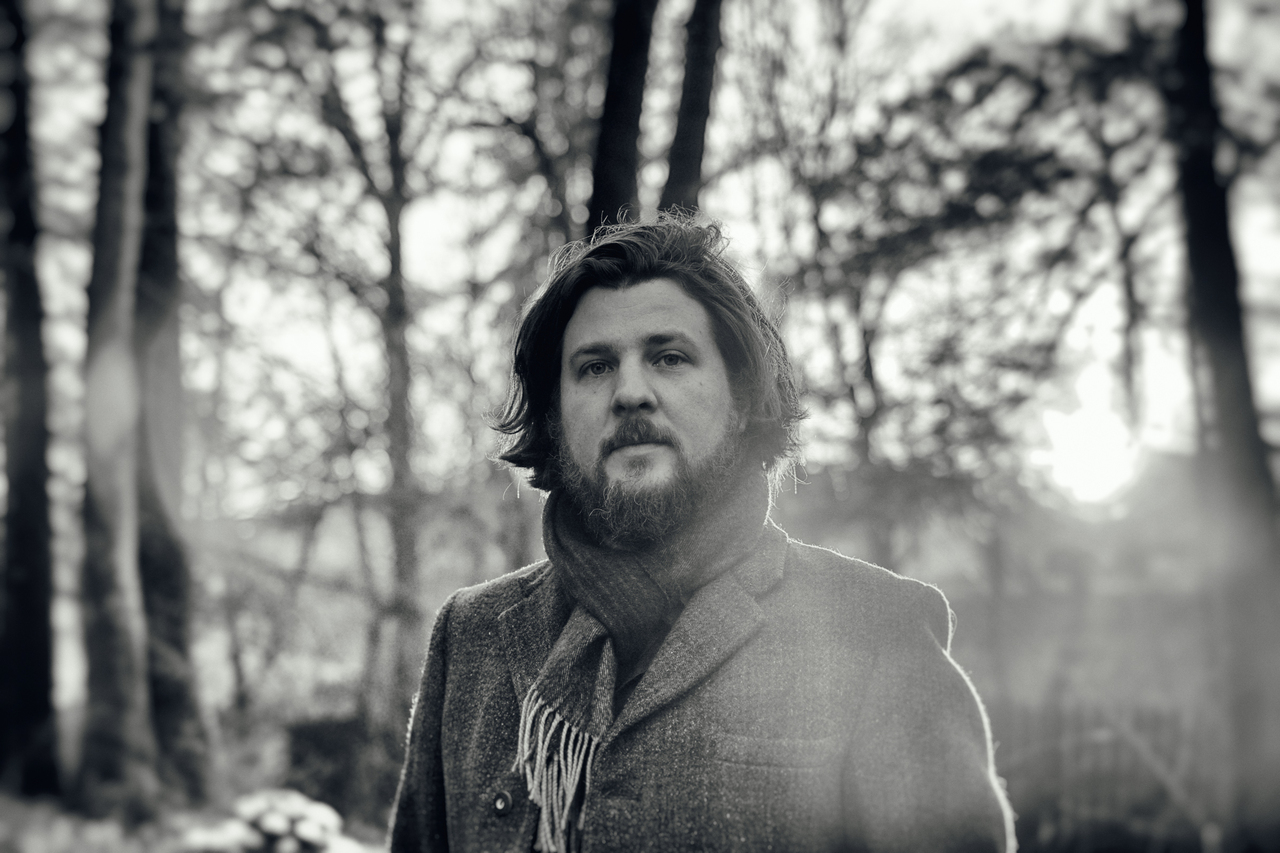Written by:
Andrei Tănăsescu
Share article:
The Dream House
This is his story.
--
To start off, can you talk a bit about your background and the role music played in your life?
Ian Nagoski: I came from a very musical household. My mother was young when she had me. She was a piano and voice teacher, while working on the photography business that both my parents had to earn a living. The story in the family goes that I learned to count to four by lying awake at night with her giving piano lessons downstairs. She played some Bach and Mozart, but then also a lot of 70s singer-songwriter stuff (Manilow, Carly Simon, Elton John, Jim Croce). She had a rather hard life at the time too, with four small children by the time she was 23 or 24, so she would often cry when she sang. It was very emotional. There are recordings of that actually - children crying in the background, while she’s sort of weeping and playing Carpenters songs. I had that early connection to music as an outpouring of strong feelings.
My father had an extraordinary record collection. In the late 60s, early 70s, he had gathered up what he thought were important works of musical literature, which included Stockhausen, Partch, Cage, Soothing Sounds for Baby by Raymond Scott, the White Album, Beethoven. Also the Nonesuch Explorer Series (Goro Yamaguchi’s Shakuhachi Music - A Bell Ringing In The Empty Sky, a great record) and bargain bin things of African music.
By the time I was a teenager I started exploring those. Kurzwellen by Stockhausen was a record that was around and was very special to me, because other people around me wouldn’t know about it.
My grandfather was a rather conservative swing-jazz drummer and he taught me drums. My sister has a PhD in conducting and is a figure in the choral arts world. So yeah, it was a musical world that I came from. I taught myself guitar - my father played guitar, there were a lot of instruments around; he had a 19th century Buckbee banjo, different sized recorders, a big box of different sized harmonicas. I was sick home from school a lot, so I just messed around with stuff.
By the time I was 11 - 12 years old, I was already forming bands and playing rock music as a drummer or guitarist. A girl kissed me the first time for I was a drummer in a rock band - so that was a good lesson.
Then, when I was nineteen years old, in particular, was a kind of traumatic year where I had begun taking LSD, stopped writing songs and began improvising. I needed a direction for my life and a lot of that came through the book about Anthony Braxton that Graham Locke wrote, called Forces in Motion. A friend of mine, who was a little bit older and wrote for ‘zines, wanted to start a new one and he asked me to do a project. I said I don’t know what to do, and he said “do the thing you most want to do.” So I wrote a letter to La Monte Young and Marion Zazeela, because I had fallen in love with the Dream House in New York, from going up to see jazz shows at the Knitting Factory. I asked them very earnestly if they would talk with me about their work. Six months after I sent the letter, they called me. I was nineteen years old and we spent a year and a half or two years in a dialogue that led up to the publication in a very good interview that we published in this magazine called Halana.
So I went and lived with them; I stayed in the Dream House for six months when I was 21, and I was a student of a kind, took singing lessons, was their house boy, watering their plants, washing their dishes, doing their laundry. I was lonely and unhappy there so I left and decided from that point on that I was already a musician. I would just do my thing, so I started putting out records of electronic music. So yeah, that brings us up to 23 years old.
Could you talk about “Warm, Coursing Blood”?
IN: That’s immediately after I left the Dream House I decided I was a musician. I began making a piece on 4-track cassette on two Tascam four-track cassette recorders. I submitted it to the touring festival called Sonic Circuits - and they rejected it. So then I decided I would just make a record. I had a friend named Jason DiEmilio who had a record label for his own music and he offered to put it out. I put up the money but he had the distribution, the experience and a good mastering guy. So I just finished three other pieces along with the first piece to fill up the album and that was the beginning. This was around 1998, 1999, living in Ardmore Pennsylvania, working at a Borders bookstore. Then I moved to Baltimore in 2000, because I’d met a woman there who’s since become a good poet and electronic musician and teacher named Bonnie Jones. She was very helpful to me.







